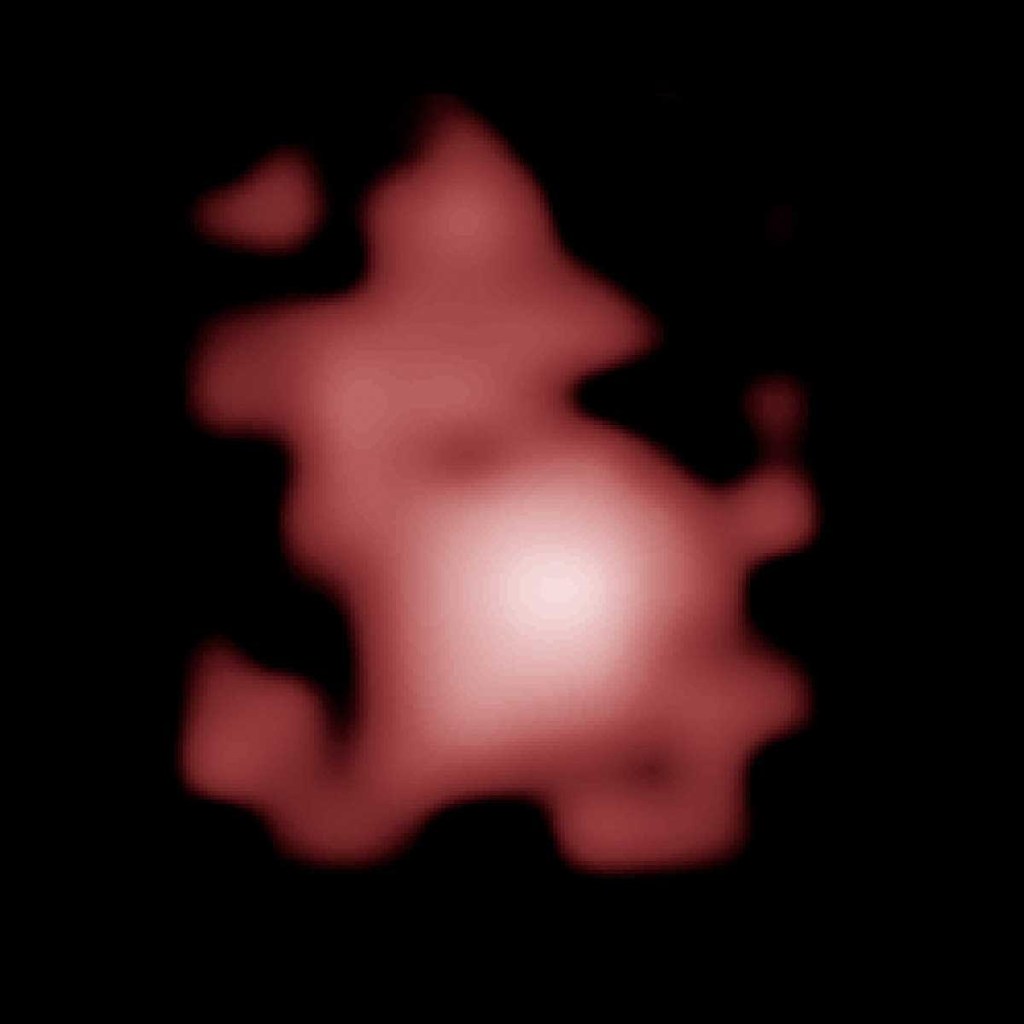4 things you should know about Hubble’s record-breaking find
Published 5:56 pm Wednesday, March 9, 2016

- Distant Galaxy GN-z11 as photographed by Hubble.
Since its launch in 1990 into low earth orbit, NASA’s Hubble Space Telescope has made more than 1.2 million observations of deep space. In early March, Hubble astounded scientists by taking us deeper into space than we’ve ever gone, closer than ever to the Big Bang.
Hubble’s awesome discovery: the most-distant object ever seen in the universe, a super-remote galaxy a record-busting 13-plus billion light years away.
Here are 4 things to know about the latest Hubble breakthrough:
1. The Hubble Space Telescope can see very far.
Hubble has shattered the cosmic distance records held for years by bigger earth-bound telescopes, seeing farther away and into the past than ever before. GNz-11 is the most distant galaxy ever seen in the universe, clocking in at 13.4 billion light years away.
This NASA illustration depicts a timeline of the universe, stretching from the present day, left, all the way back to the big bang, right:
That means that the galaxy Hubble spotted existed a mere 400 million years after the Big Bang. Everyone thought that was beyond the telescope’s capacity, but nobody thought to tell Hubble.
“This is an extraordinary accomplishment for Hubble. It managed to beat all the previous distance records held for years by much larger ground-based telescopes,” said investigator Pieter van Dokkum of Yale University. “This new record will likely stand until the launch of the James Webb Space Telescope.”
Take a deep dive into space with this animated recreation of the location of the furthest galaxy ever seen, GN-Z11:
2. If a galaxy is bright, that doesn’t mean it’s nearby.
GNz-11 managed to fool astronomers with its brightness and color. However, when measured using spectroscopy, the team was able to determine its actual, mind-blowing distance from us.
Astronomers measure large distances by determining the “redshift” of an object. This phenomenon is a result of the expansion of the universe; every distant object in the universe appears to be receding from us because its light is stretched to longer, redder wavelengths as it travels through expanding space to reach us.
Think back to the electromagnetic spectrum you learned about in high school, illustrated here.
Thus, the greater the redshift, the farther away the galaxy.
3. Large galaxies formed early in our young universe.
Though GNz-11 is 25 times smaller than the Milky Way, it is surprisingly large considering how soon it formed after the Big Bang.
“It’s amazing that a galaxy so massive existed only 200 million to 300 million years after the very first stars started to form. It takes really fast growth, producing stars at a huge rate, to have formed a galaxy that is a billion solar masses so soon,” explained investigator Garth Illingworth of the University of California, Santa Cruz.
The galaxy is also growing fast, producing stars at a rate 20 times faster than the Milky Way, which is why it appears so bright to Hubble.
4. This discovery is only the beginning.
The James Webb Space Telescope is set to launch later this decade, and it’s going to be even stronger than Hubble. This astounding milestone for Hubble gives the space research community an idea of the amazing discoveries in store once the JWST is up and running.
“This new discovery shows that the Webb telescope will surely find many such young galaxies reaching back to when the first galaxies were forming,” said investigator Garth Illingworth of the University of California, Santa Cruz.
© Content That Works




